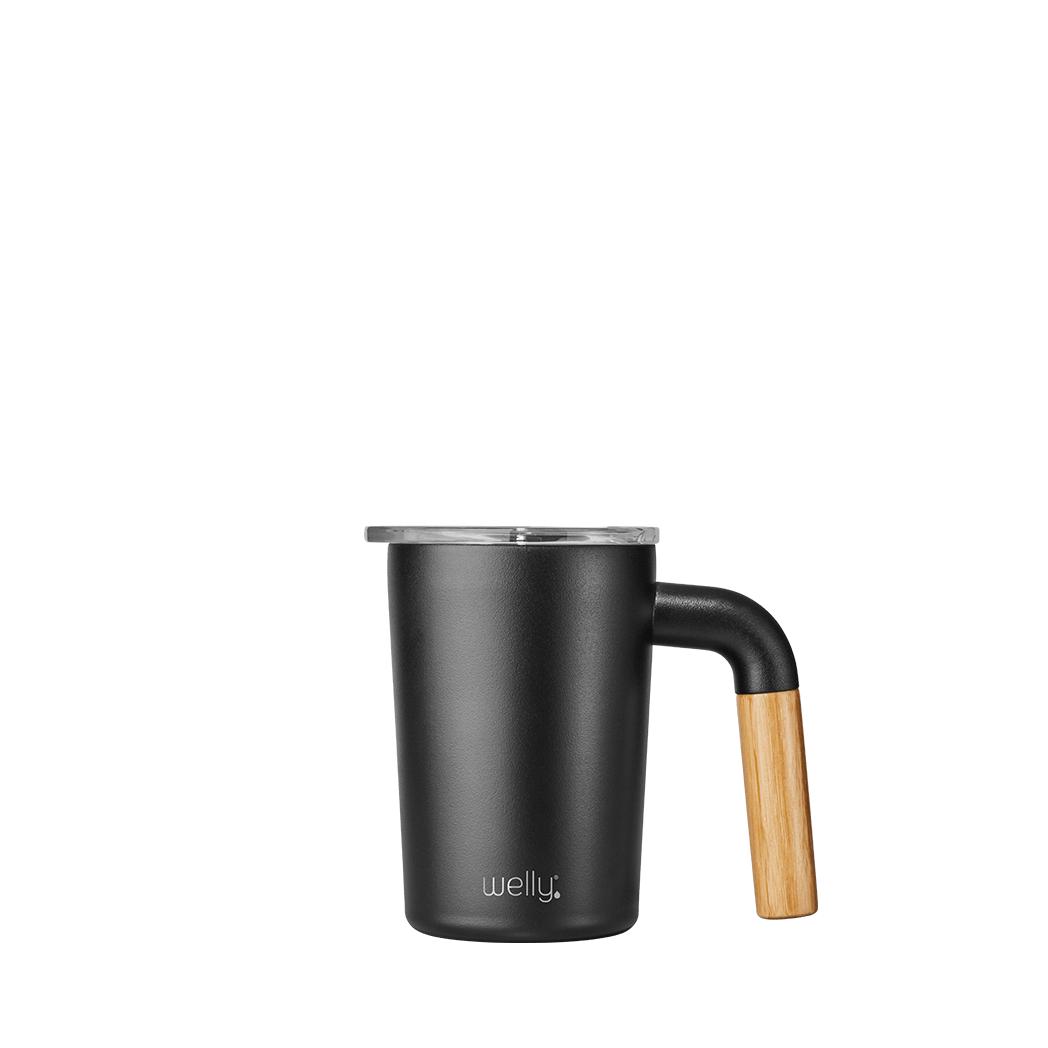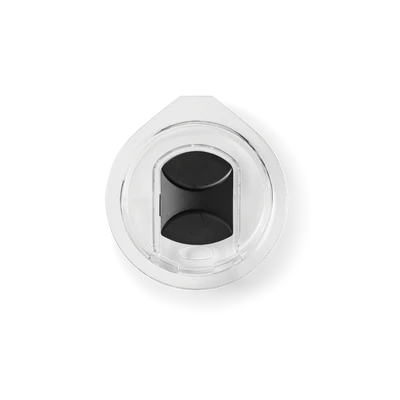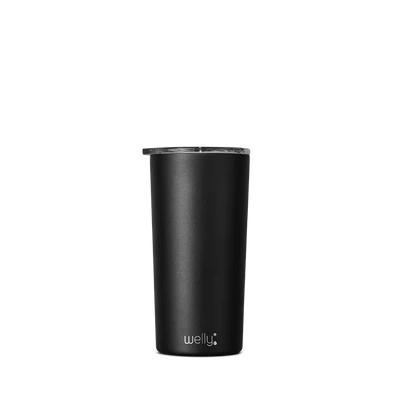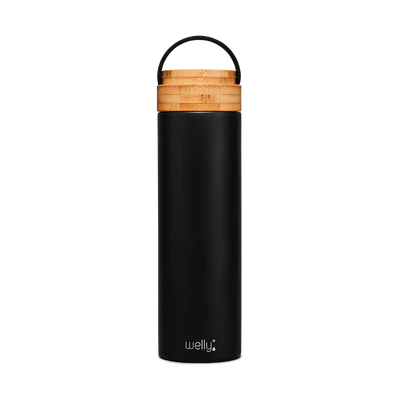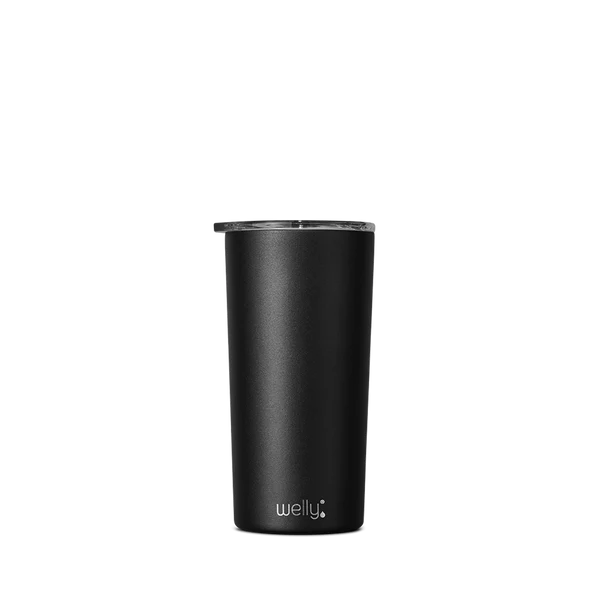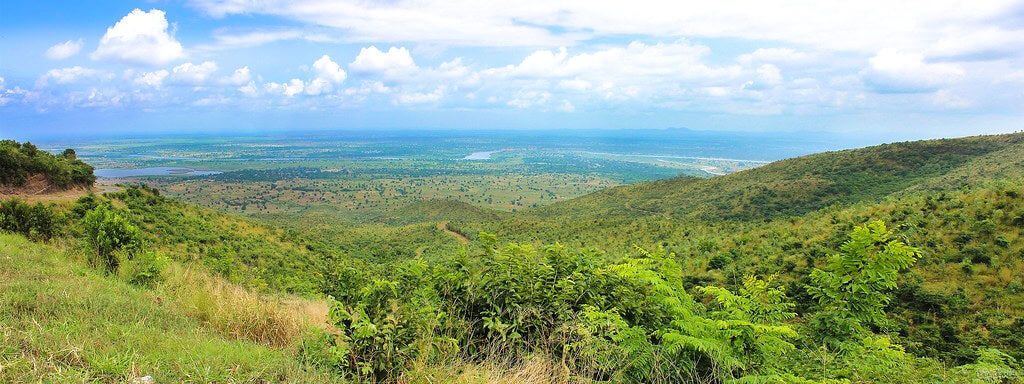
Chikhwawa, Malawi
With your help, we are funding a well with a hand pump that brings consistent, clean water to 250 people people in Chikhwawa, in southern Malawi.
FIELD CONDITIONS
Malawi is one of Africa’s most densely-populated and least-developed countries. Most people live in rural areas where water is scarce. As a result, many women and children spend hours each day walking to collect it. The majority of the population depends on farming to survive, which makes them highly vulnerable to natural disasters—and recent years have brought several in quick succession.
We work with Water For People Malawi in Chikhwawa and Chiradzulu. Chikhwawa is one of the poorest districts in the country. Due to its location along the Lower Shire River, Chikhwawa is prone to both flooding and drought. Chiradzulu is characterized by hilly, rocky terrain, and only 54% of its population has access to a sanitation facility.
YOUR INVESTMENT
In Chikhwawa and Chiradzulu, charity: water and Water For People Malawi prioritize meaningful collaboration by asking the local government and communities to contribute to their water and sanitation projects. This co-financing approach promotes community responsibility and long-term functionality.
Wells are good solutions for regions with sufficient groundwater. Both manual and mechanical drilling techniques follow the same basic principle of breaking up dirt or rocks, and removing them to form a borehole deep enough to reach groundwater. The borehole is then lined with materials to help capture that groundwater, protect it against contamination, and make sure the well doesn’t collapse. The well may then undergo developing, testing, and disinfection to ensure it provides the maximum amount of water at the highest quality. Lastly, the well is fitted with a pump to bring water to the surface for the community to use.
WHAT HAPPENS NEXT?
Sustainable solutions take time. Over the course of the next 21 months, we’ll share periodic updates, so you’ll be informed about work on the ground and progress towards the project’s completion.
Enter some text
Enter some text
Enter some text
Enter some text
Enter some text
Enter some text


